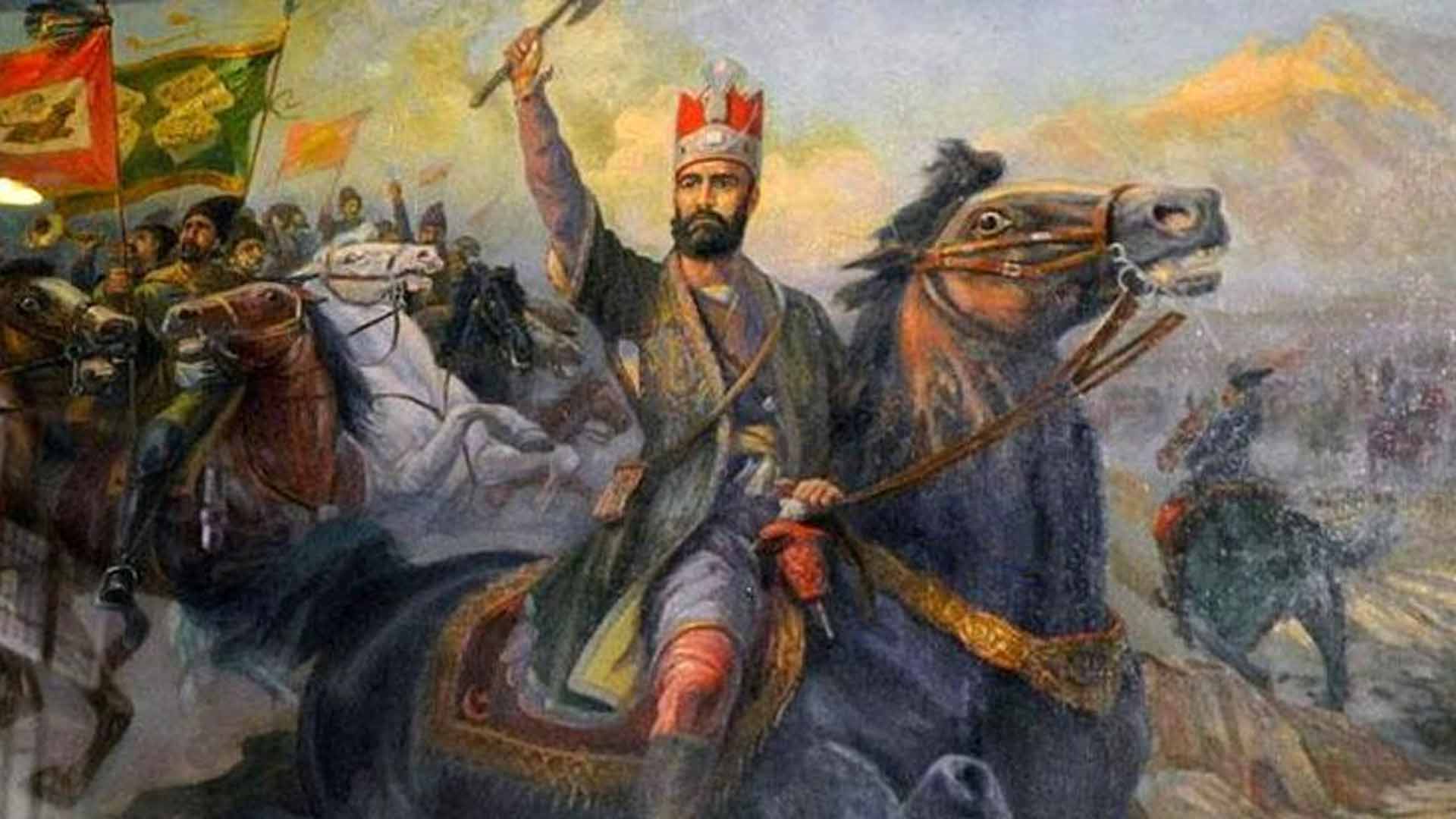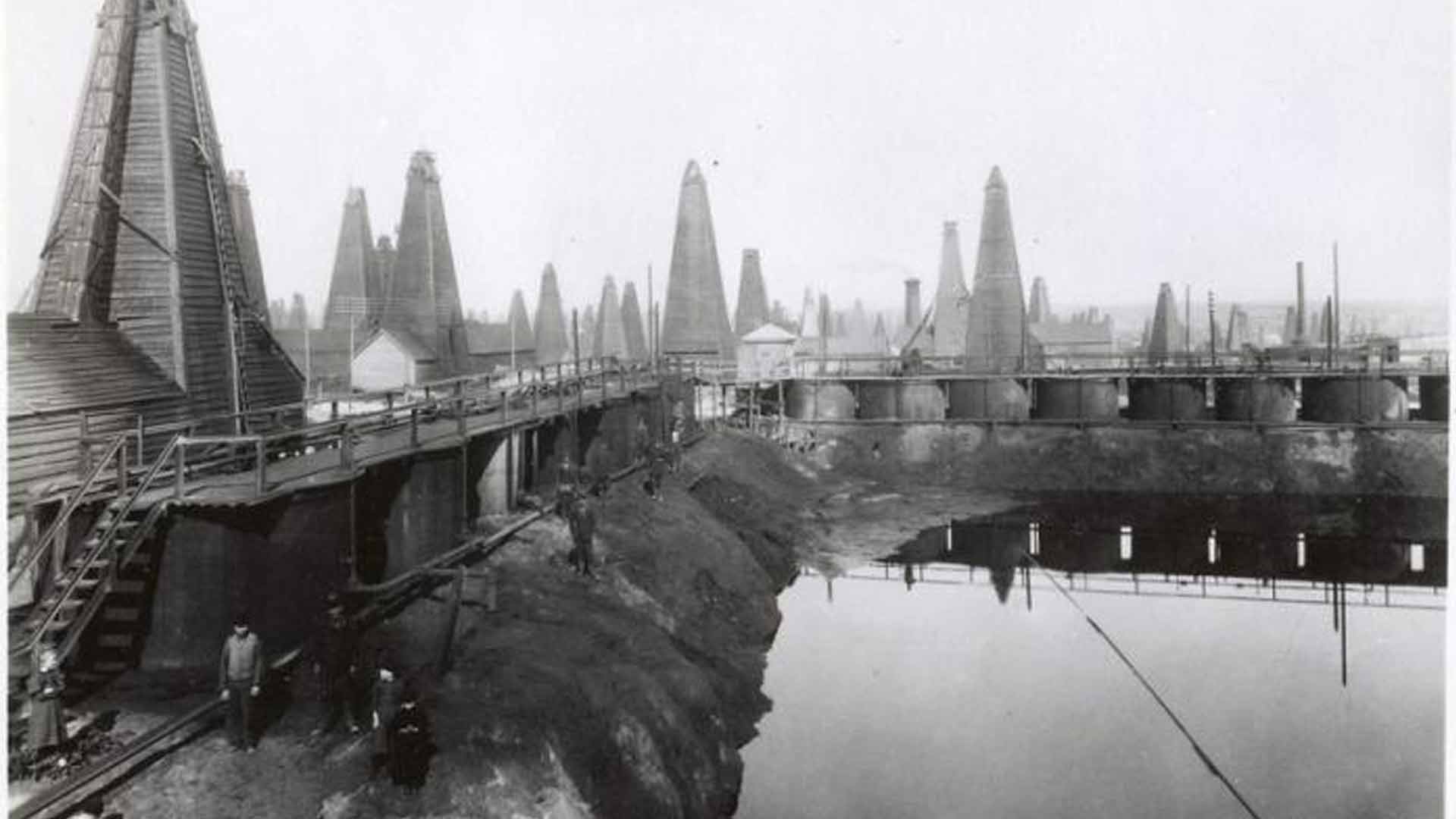
Ancient Roots and Early Civilizations – 40,000 years ago – Stone Age
The history of Azerbaijan dates back to ancient times when Caucasian Albanian tribes inhabited the region. Archaeological findings indicate the development of metallurgy, agriculture, and trade. One of the key landmarks of that period is the Gobustan petroglyphs, included in the UNESCO World Heritage List, dating back more than 40,000 years.
11th Century – Integration into the Seljuk Empire
In the 11th century, Azerbaijan became part of the Seljuk Empire, one of the largest medieval empires. The Seljuks not only expanded their territories but also significantly contributed to the development of science, philosophy, and art. During this period, the foundations of the region’s Turkic cultural identity were laid.


15th Century – Ak Koyunlu and Kara Koyunlu: The Struggle for Power
The 15th century was marked by significant events and major changes. Azerbaijan became the battleground for two powerful dynasties—Ak Koyunlu and Kara Koyunlu. The Kara Koyunlu, ruling from their capital in Tabriz, left behind remarkable monuments and strengthened Islamic culture. However, their reign was short-lived. The Ak Koyunlu, led by the charismatic Uzun Hasan, unified Azerbaijan and transformed the region into a center of trade and culture.
16th Century – Ottoman Empire: Influence and Confrontation
In the 16th century, Azerbaijan was at the center of the struggle between two giants—the Ottoman Empire and the Safavids. The Ottomans sought to solidify their influence by introducing their cultural and administrative systems. Continuous wars did not weaken Azerbaijan but rather strengthened its people and fostered further cultural development.


17th Century – The Golden Age of the Safavids
Azerbaijan’s rise as a cultural and political center is closely linked to the Safavid dynasty. One of the symbols of this era was Azerbaijani carpets, which were exported to Europe and the Middle East. A notable example is the Shirvan carpet, now preserved in the Louvre Museum.
18th Century – Afshars: Reforms and Military Power
After the decline of the Safavids, the Afshar dynasty took control of the region. Nader Shah, the most renowned ruler of this period, became famous as a brilliant military leader who successfully defended the region from external threats. The Afshars implemented reforms aimed at strengthening the army and restoring the economy after years of warfare.


Late 18th – Early 20th Century – The Qajars: New Challenges and Cultural Development
From the late 18th century to the early 20th century, Azerbaijan was under the influence of the Qajar dynasty. The Qajars actively developed trade, leading to the prosperity of cities like Sheki and Ganja. Sheki, known for its caravanserais, became an important center for sericulture. One notable example of the cultural heritage from this period is the Palace of the Sheki Khans, which is now a UNESCO World Heritage site.
19th Century – Development of the Oil Industry and the Birth of the Modern Republic
In the 19th century, the Absheron Peninsula became a global center for oil production. The Baku oil fields accounted for half of the world’s oil output. This era saw the introduction of innovative drilling techniques and the emergence of major oil companies, such as the famous Nobel Brothers’ enterprise.


1918 – Proclamation of the Azerbaijan Democratic Republic
In 1918, Azerbaijan declared its independence, becoming the first secular democratic republic in the Muslim world—the Azerbaijan Democratic Republic. During this time, the foundations of a parliamentary system were established, and equal rights were granted to men and women, making Azerbaijan one of the most progressive states in the region.